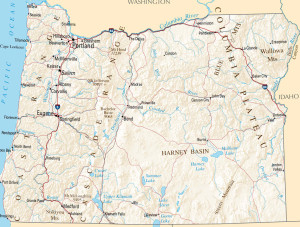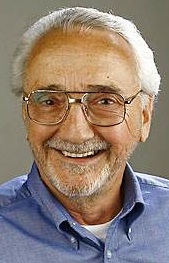 |
RANDY STAPILUS Idaho |
Next year, after you cast your vote for the high-profiled offices like governor and United States senator, your ballot will include choices of a non-partisan variety: For judges and (Supreme Court) justices.
Critics have been skeptical for a long time of putting the offices up to a popular vote, partly because of the difficulty in campaigning for them (talking about specific cases or legal issues is considered an ethical violation), and partly because of campaign finance issues (Who gives to judges who subsequently hear contributors' cases?). But there's also this: Many voters know little about the actual work that judges do, and in most cases have little useful basis for deciding whether for vote for them.
That last point, at least, comes with some solutions at hand. One of my regular weekly news stops is the web page at http://www.isc.idaho.gov/appeals-court/opinions. Let me suggest you bookmark it too.
What you'll find there are the opinions – well, they're more than just “opinions” since they're binding rulings – by the Idaho Supreme Court and the Court of Appeals. Few people other than lawyers make them regular reading, which probably conveys the sense that they're unreadable, or at least too legally wonkish to be accessible to the lay reader.
They're not. And while some of them are of interest to not many more people than those directly involved (the Supreme Court hears a lot of worker compensation, property ownership and insurance liability cases), you get, after reading them for a time, an exposure to the real law and how it actually works. People who read the decisions probably will be a lot less likely to resort to bumper-sticker ideas about how the legal system works, and how appellate decisions are developed.
Most of the opinions aren't very many pages long, and I'm not suggesting reading all the pages anyway. Most of them are structured so that you can get the gist in the first paragraph of the decision, where the decision writer describes what the case is about, what the legal issues are, and usually (although sometimes they save this for the end), how the court ruled.
Here's an example, from November 27, in a criminal case: “Appellant Zane J. Fields was sentenced to death for first degree murder on March 7, 1991. On July 28, 2011, Fields filed his sixth successive petition for post-conviction relief in the Ada County district court. He raised claims of actual innocence, prosecutorial misconduct, and violations of the right to counsel, due process, and the right to a fair trial. The district court granted the State’s motion to dismiss Fields’s petition because his claims were barred by I.C. § 19-2719(5), the statute governing post-conviction procedure in capital cases. Fields now appeals the district court’s dismissal of his petition. We affirm.” If that catches your interest, if it raises questions you'd like answered, read on (in this case, for seven more pages where the details are fleshed out).
The decisions also note which justice or judge is the main author, though as they would quickly point out the text has to be written as a compromise – something that will get support from most of the court. But then, you also see which justices signed on, and which if any didn't.
Here's why doing this is helpful to voters: You can start to understand the reasoning the justices and judges bring. In ways you can't as effectively do with most other office holders, you can trace their chain of logic, and you can decide whether it makes sense to you.
You'd also get an insight into a lot of parts of society – not just crime and law enforcement but business, families, charities and the way people interact with each other generally – that depending on your background may really open your eyes.
For what it's worth, I've generally agreed with the justices' logic, from time to time concluding they blew it. Would those be your opinions? Read them and see.
This exercise is good for the Idaho Supreme Court and Court of Appeals, but less so for district judges and magistrate courts, where web posting of decisions generally is far less frequent. A suggestion: Encourage judges there to do as the appellates do. The voters will then at least have the opportunity to make more informed choices than they realistically can now.




